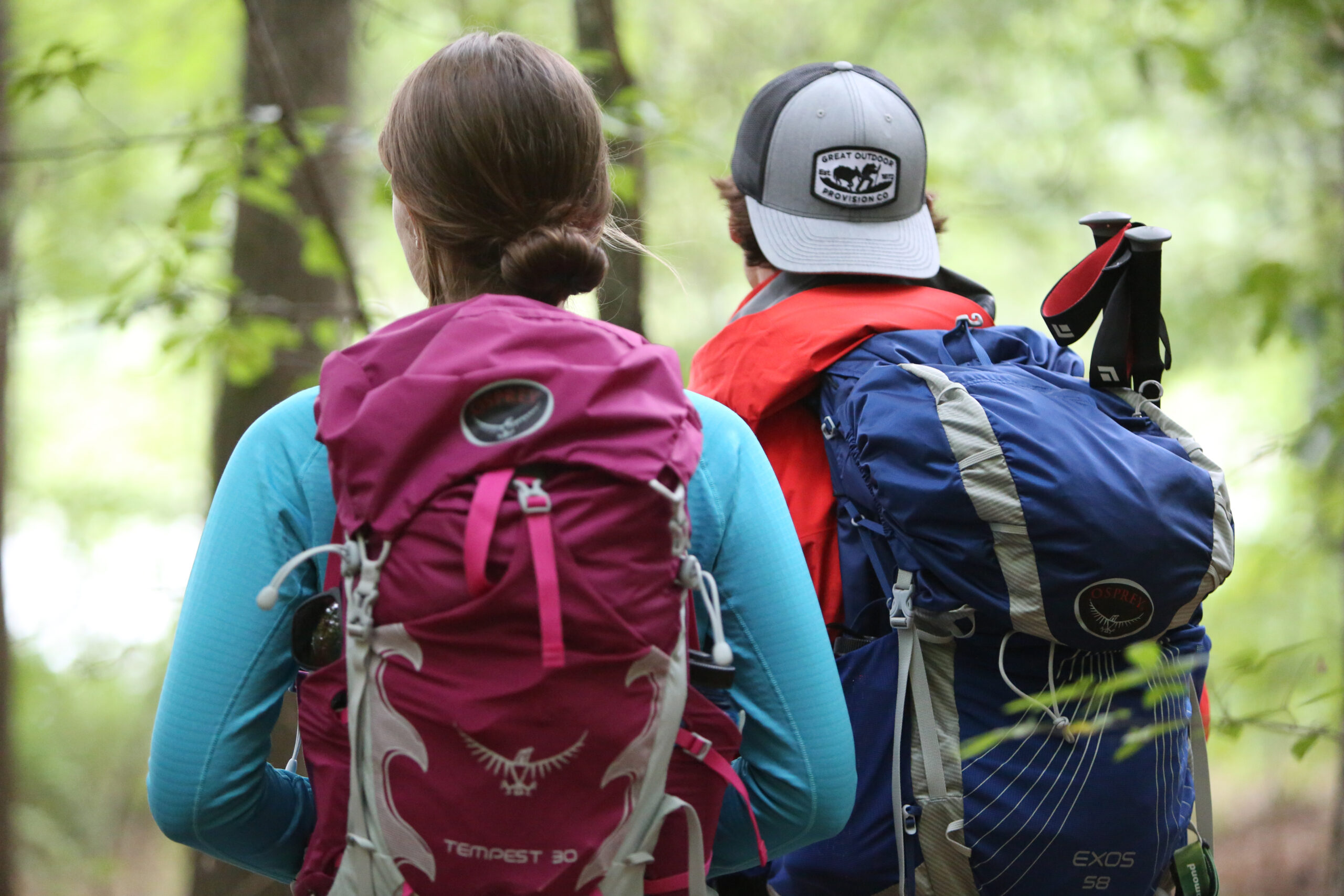The end of winter, that is.
Mottled green and purple leaves from which a starburst of slender yellow petals explodes. Tiny happy faces of white and pink peering skyward. Four-petaled bluets of a blue hue that we can all embrace, even in the face of March Madness.
The first wildflowers of spring. They are what drive us to the trails in late February in hopes of a sighting that does so much more to assure us that spring is near than a fickle groundhog.
And they’re already out: you just need to know where to look
Here are five of our favorite spots in the Piedmont for spotting the first responders of spring.
1. Eno River State Park
Durham and Orange counties
We spotted our first wildflowers of the season — a clump of tiny bluets — on February 7, a record early spotting in our book. Even more surprising: it was on a day when the temperature didn’t crack freezing. What wasn’t surprising was where we found them: on a rock outcrop along the Eno River at the site of the old Holden Mill, an outcrop with a southern exposure, meaning lots of direct sun to jumpstart the blooming process. The Eno is a gold mine of spring wildflower viewing opportunity: to fully capitalize on the river valley’s splashy show, check out the annual Spring Wildflower Hikes sponsored by the Eno River Association, which begin this weekend and run into late May.
More info here

2. Knight Brown Nature Preserve
Rockingham County (north of Greensboro)
If you want to see emerging spring wildflowers, odds are others do as well — lots of others. Which is why you can find yourself circling for a parking spot at your favorite natural area on a lovely spring weekend. One option to escape the maddening crowds: check out a local nature preserve made possible by a North Carolina land trust. The Piedmont Land Conservancy’s Knight Brown Nature Preserve, for instance, is a 189-acre retreat with a pair of tributaries feeding Belews Creek (which shortly feeds the Dan River). Three miles of trail explore a wooded valley, known for its ferns, the rare eastern Leatherwood shrub and lots and lots of wildflowers. A burst of spring color savored in peace and quiet.
More info here.
3. Raven Rock State Park
Lillington
We like a State Park that isn’t afraid to boast: “One of the best reasons to visit Raven Rock is the exceptional beauty of its wildflowers,” asserts the park’s website. “A variety of species reveal magnificent blossoms in early spring. Look over patches of Dutchman’s breeches, bloodroot, saxifrage and trailing arbutus. Gaze down paths lined with Solomon’s seal, bellwort and spring beauty, or let your eyes wander through a haze of greens and yellows as leaves break their winter dormancy and begin to color the forest.” Two particularly good trails for catching the action: Campbell Creek and Little Creek.
More info here.
4. Latta Plantation Nature Preserve
Charlotte
As the days begin to warm and sunlight lengthens, there’s a mad scramble on the forest floor among the wildflowers to suck up the available sunshine and bloom before the trees leaf out and the canopy consumes the most productive sunlight. Minus the tree cover, however, there’s lots of opportunity to bloom, both early and into the summer. We like Latta Plantation for its restored Piedmont Prairie, an expanse of prairie grasses such as little bluestem, Indian grass and switch grass that also makes great habitat for prairie anemone, Georgia aster, tall larkspur smooth coneflowers and other wildflowers. From the Visitor Center, take the Hill Trail north to the prairie, which is also rimmed by the Cove and Split Rock trails.
More info here.
5. Hanging Rock State Park
Danbury (north of the Triad)
Hanging Rock constitutes more than 7,000 acres of the eastern end of the ancient Sauratown Mountain range. While the Sauras have subsided over the years, their knobby peaks still surpass 2,500 feet in elevation, up to 1,700 feet above the surrounding countryside. Those exposed, rocky tops reaching to the sun provide prime conditions for a range of wildflowers, including pink lady’s slipper, turkey-beard, bird-foot violet and fire pink. Don’t expect to have Hanging Rock proper to your lonesome on a spring weekend: it’s just over a mile’s hike from the Visitor Center. For solitude, try the Moore’s Wall Loop Trail, a strenuous 4.7-mile roundtrip that includes good wildflower viewing along the ridge and atop Moore’s Knob, at 2,579 feet the highest point in the park (and a great spot for panoramic views).
More info here.

